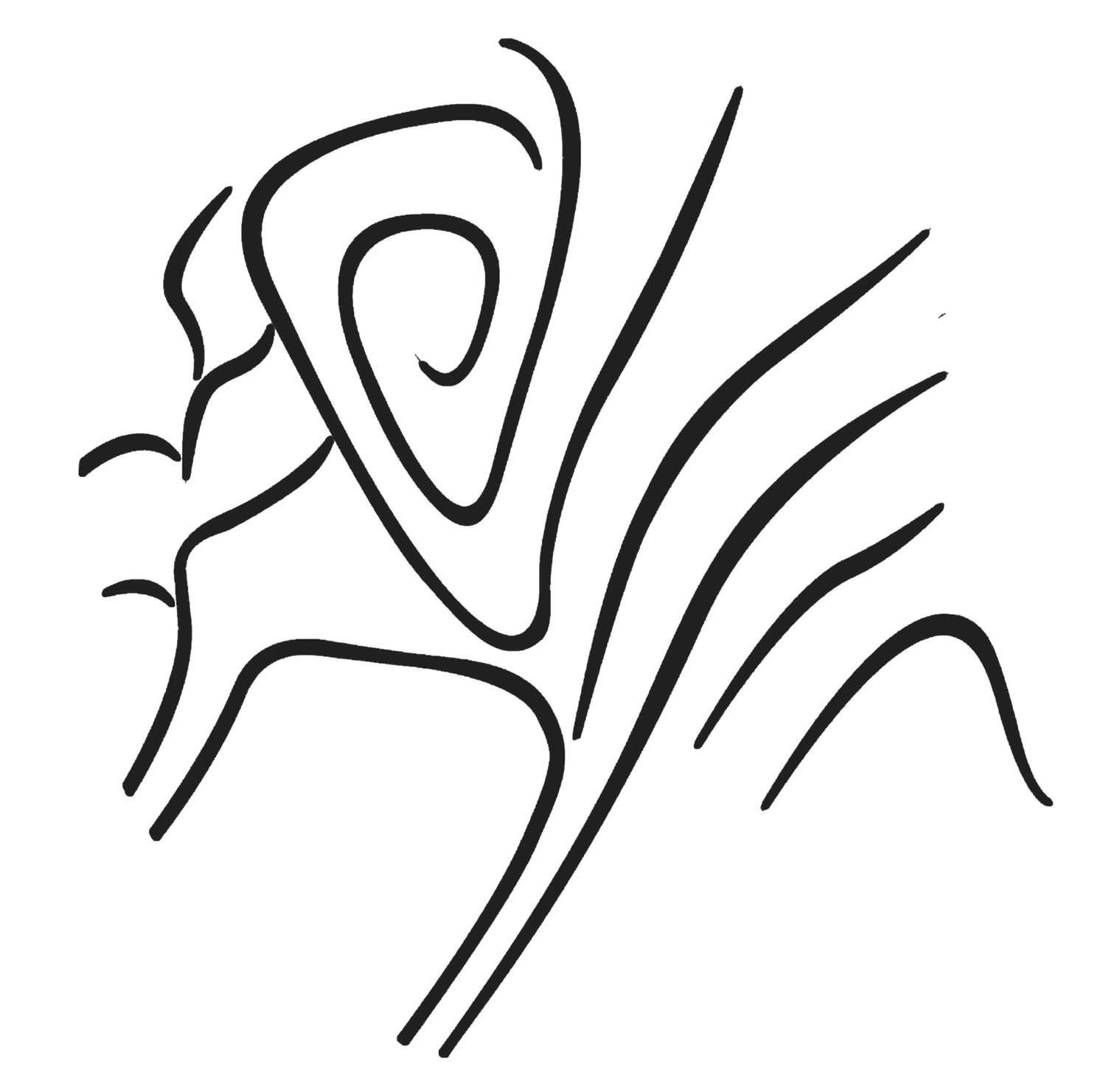Recreating a Portion of Mannahatta
For non-motorized transportation to gain a solid foothold in Manhattan, it must be seen as a part of a broader sense of ecological responsibility and stewardship and a realization that to be renewed by nature, we must give something back to it and to the other species we share the planet with. This seems increasingly obvious. To accomplish these things a multifaceted setting is required that can last centuries with little maintenance, and that will act as a hub for future expansion. Restoring a portion of Midtown’s pre-settlement wilderness – Turtle Bay – would accomplish this and in particular provide:
• Closure to the East River Greenway gap between 38th and 60th Streets.
• A visually, acoustically and intellectually enriching environment through which to commute or wander and learn about native species, natural science and political history.
• A respectful, ecologically restored setting for the UN, which will increasingly struggle with ecological crises around the world. In such a setting they could better advocate wilderness preservation and restoration by example.
• Habitat of sufficient size for reintroduction of most of the native species that once lived in Turtle Bay. Limitation of 42nd Street to non-motorized and pedestrian traffic would create a highly visible axis of ecological conscientiousness anchored by a reestablished Turtle Bay. It would showcase these modes of travel, while providing a safe, convenient connection to the Hudson River Greenway. The heavy foot traffic on much of 42nd would be alleviated to some degree by the absence of cars, enhancing the pedestrian/tourist experience and likely positively increasing the income of merchants along 42nd Street. Inconveniences to auto traffic would be minimal.
Some of the first New Yorkers that considered Turtle Bay home.
Animal images courtesy www.naturespicsonline.com unless otherwise noted. Image of beaver courtesy stevehdc’s photostream.
A Few Practical Considerations
Shoreline Extension: Soil Fill Sources and Sustainability Considerations:
Fill provides a reliable, low-tech method of shoreline expansion that will resist increasing storm surges and sea level rise predicted for the coming century. The preferred source for recreating Turtle Bay would be the ‘spoils’ (soil and rock) form the 2nd Avenue subway excavation now underway, estimated to be over 6.3 million cubic yards when completed. This would be more than enough for the proposed shoreline extension as shown, which will require approximately 4 million cubic yards. All of the soil and rock could be sourced from the subway work, as opposed to being transported off the island at considerable economic and environmental cost as is currently the case. The carbon footprint for the subway could thereby be reduced. Most of the spoils from the subway is clean rock, which provides an excellent base material, highly resistant to water erosion and settlement. As a backup source, dredge material from the Hudson River may be used.
There are a couple of practical considerations for re-centering Turtle Bay at 42nd Street: 1) It will be nearly impossible politically and monetarily to excavate and make functional again the original Turtle Bay which is now buried below the north end of the UN site. 2) The 7 train passes directly below 42nd Street. Loads from fill are minimized or eliminatedby such an alignment.
The proposal still works if the former Con Ed site and the north end of the UN site are not available in any capacity,which is likely. The 60th Street pavilion remains untouched. The south entry portal occurs where the 38th street promenade currently ends. The north portal occurs at 75th Street.
Pre-development Turtle Bay topography as recorded in a Viele Map of 1865.
Turtle Bay viewed from the end of what would be W47th Street ca. 1850.
Image credit: Benson J. Lossing. ‘Pictoral Field Book of the Revolution .’ Vol. II. Chapter XXII,1850. <http://freepages.history.rootsweb.ancestry.com/~wcarr1/Lossing1/Chap54.html#e054>. Accessed Septamber 3, 2011.
Recreation of ecosystem based on Turtle Bay with access via biking and walking trails.
Image background credit: 2011 Digitalglobe
Rendered view from the East River
Image background credit: Al HikesAZ photostream







